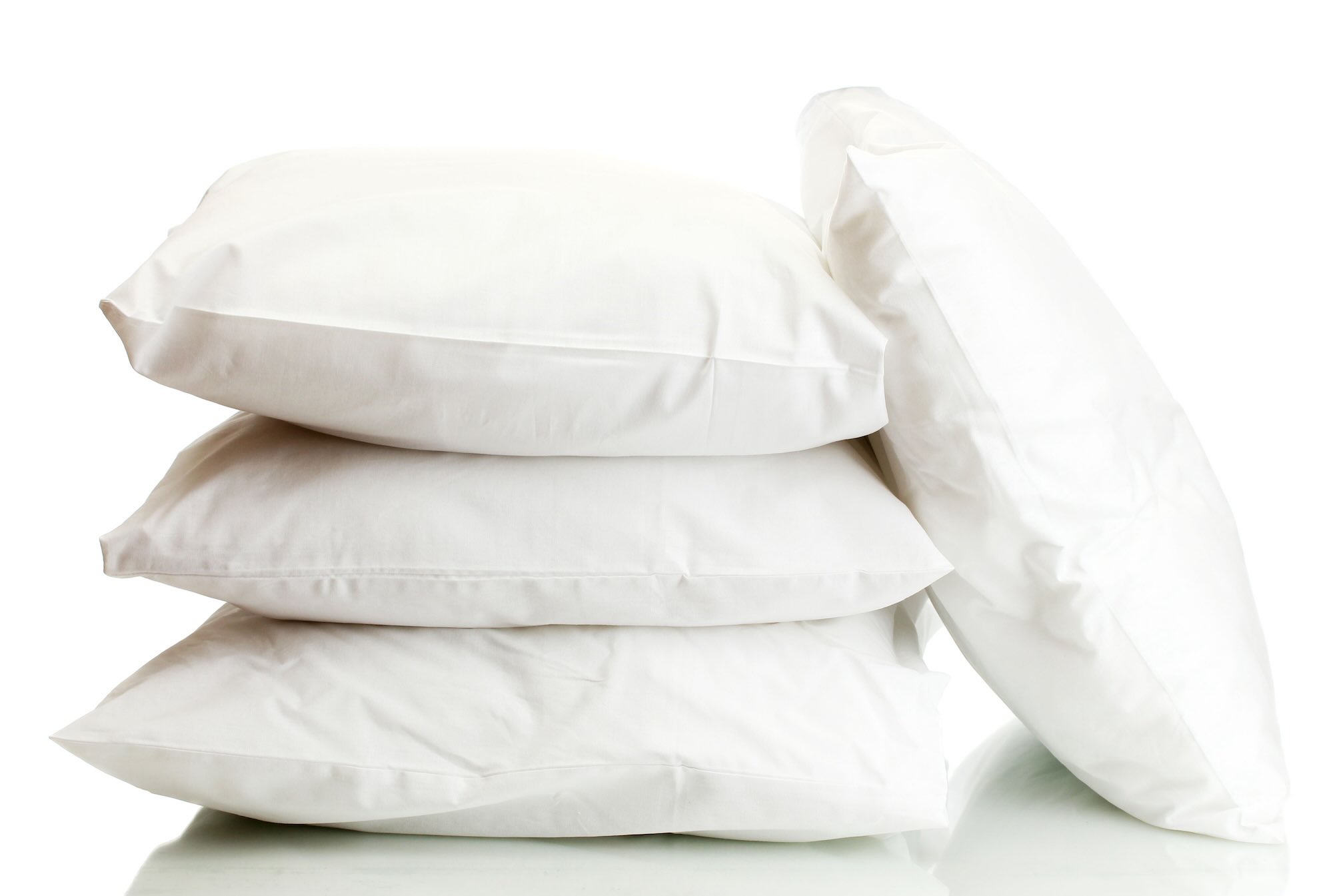

Articles
How To Wash Pillows In The Bathtub
Modified: October 19, 2024
Learn how to wash pillows in the bathtub with these helpful articles. Keep your pillows fresh and clean for a better night's sleep.
(Many of the links in this article redirect to a specific reviewed product. Your purchase of these products through affiliate links helps to generate commission for Storables.com, at no extra cost. Learn more)
Introduction
Washing our pillows is a crucial yet often overlooked task when it comes to maintaining a clean and healthy sleep environment. Over time, pillows can accumulate sweat, oils, dead skin cells, dust mites, and other allergens that can impact their freshness and contribute to allergies or respiratory issues.
Cleaning your pillows regularly not only helps to improve their lifespan but also ensures that you have a comfortable and hygienic place to rest your head each night. While many people are familiar with washing pillowcases, the process of washing the pillows themselves may seem more daunting. However, with a few simple steps, you can easily wash your pillows in the bathtub, saving money and prolonging the life of your pillows.
In this article, we will walk you through a step-by-step guide on how to wash pillows in the bathtub. We will also provide you with some helpful tips and tricks to ensure a successful and effective wash. So let’s dive in and discover the best way to keep your pillows fresh and clean!
Key Takeaways:
- Regularly washing your pillows in the bathtub with warm water and mild detergent helps remove allergens, sweat, and oils, promoting a clean and hygienic sleep environment for better overall well-being.
- Air drying your pillows after washing them in the bathtub preserves their shape and integrity, ensuring a fresh and rejuvenated sleeping experience. Regular cleaning prolongs pillow lifespan and maintains a comfortable sleep environment.
Read more: How To Bleach Pillows In A Washing Machine
Materials Needed
Before you begin washing your pillows in the bathtub, gather the following materials:
- Bathtub: You will need a clean and empty bathtub to wash and rinse your pillows thoroughly.
- Detergent: Choose a mild laundry detergent that is suitable for delicate fabrics. Avoid using bleach or harsh chemicals, as they can damage the pillows.
- Warm Water: Fill the bathtub with warm water to achieve the desired temperature for washing.
- Towels: Have a few clean towels on hand to help squeeze out excess water from the pillows and provide padding for drying.
- Pillow Protector or Plastic Bags: It’s a good idea to use a pillow protector or wrap your pillows in plastic bags during the washing process to prevent them from getting fully soaked.
- Pillowcase or Pillow Covers: If you plan to wash your pillowcases or pillow covers at the same time, include them in your materials list.
Having these materials ready before you start the washing process will make the task more efficient and ensure that you have everything you need for a successful pillow wash.
Step 1: Remove Pillowcase and Pillow Protector
The first step in washing your pillows in the bathtub is to remove the pillowcase and pillow protector, if you have one. These outer layers are typically machine washable and can be cleaned separately. Check the care instructions on the label of your pillowcase or pillow protector to determine the appropriate washing method.
Once you have removed the pillowcase and pillow protector, give them a quick inspection. Look for any stains, tears, or signs of wear. If necessary, pre-treat any stains or spots before washing them. You can use a stain remover or a gentle detergent to treat the affected areas. Allow the pre-treatment to sit for a few minutes before moving on to the next step.
After treating any stains, you can wash the pillowcase and pillow protector according to their specific care instructions. Most pillowcases and protectors can be machine washed in cold or warm water on a gentle cycle. Use a mild detergent and avoid using bleach or fabric softeners, as these can weaken the fibers and reduce the lifespan of the fabric.
Once the pillowcase and pillow protector are clean, set them aside to dry. You can hang them up to air dry or use a dryer on a low heat setting if allowed by the care instructions. Make sure they are completely dry before putting them back on your pillows.
With the pillowcase and pillow protector taken care of, you can now move on to preparing the bathtub for washing your pillows.
Step 2: Prepare the Bathtub
Before you start washing your pillows in the bathtub, it’s important to ensure that the tub is clean and free of any debris. Give the bathtub a quick rinse to remove any soap scum or dirt that may be present.
If you’re concerned about the cleanliness of your bathtub or if you want to provide an extra layer of protection for your pillows, you can place a clean sheet or towel at the bottom of the tub. This will act as a barrier between the pillows and the bathtub surface, preventing any potential damage or contamination.
It’s also a good idea to clean the drain so that it doesn’t get clogged during the washing process. Use a drain cover or a makeshift filter, such as a pantyhose, to catch any loose fibers or debris that may come off the pillows. This will help prevent the drain from getting clogged and ensure smooth drainage of the water.
By taking the time to prepare the bathtub before washing your pillows, you’ll create a clean and conducive environment for the next steps of the process. With the bathtub ready, it’s time to fill it with warm water for the washing phase.
Step 3: Fill the Bathtub with Warm Water
Now that the bathtub is prepped and ready, it’s time to fill it with warm water. The ideal temperature for washing pillows is warm water, as it helps to break down dirt, oils, and other residues more effectively.
Start by turning on the faucet and adjust the temperature to warm. It should be comfortably warm to the touch, but not scalding hot. As the water fills the tub, make sure to disperse it evenly to ensure an even soaking of the pillows.
The amount of water you need will depend on the number of pillows you’re washing and their size. Aim for enough water to fully submerge the pillows without overflow. Keep in mind that the pillows may float initially, so you can gently push them down to fully submerge them in water.
The warm water will help to loosen any stains, dirt, and odors from the pillows, making them easier to clean. Once the bathtub is filled with warm water, it’s time to add detergent to create a soapy solution for washing the pillows.
Note: If you have a front-loader washing machine or a bathtub with a built-in agitator, you can use it instead of manually agitating the pillows. In this case, you can skip step 6 and proceed to step 7.
Step 4: Add Detergent
With the bathtub filled with warm water, it’s time to add detergent to create a soapy solution for washing the pillows. Choose a mild detergent that is suitable for delicate fabrics, as this will help to clean the pillows without damaging the materials.
The amount of detergent you’ll need will depend on the size and number of pillows you’re washing. As a general rule of thumb, start with a small amount, such as half the recommended amount for a regular load of laundry. You can always add more if needed.
Dissolve the detergent in the warm water by swishing it around with your hand or using a gentle stirring motion. Make sure that the detergent is evenly distributed throughout the water to create a soapy solution that will effectively clean the pillows.
If you’d like to add a natural boost to the cleaning power of the detergent, you can also consider adding some baking soda or vinegar to the mixture. Baking soda can help to neutralize odors and remove stains, while vinegar can help to remove built-up residue and add softness to the pillows.
Taking the time to add detergent and mix it into the warm water thoroughly will ensure that the pillows are properly cleaned during the washing process. With the soapy solution ready, it’s time to move on to the next step and submerge the pillows in the bathtub.
After removing the pillowcase, fill the bathtub with warm water and a mild detergent. Submerge the pillow and gently squeeze to work the detergent through. Rinse thoroughly, squeeze out excess water, and air dry completely.
Step 5: Submerge the Pillows
Now that you have the warm, soapy solution in the bathtub, it’s time to submerge the pillows. Carefully place the pillows one by one into the water, making sure they are fully immersed.
Push the pillows down gently to ensure that they are saturated with the soapy water. It’s important to give them a thorough soaking to allow the detergent to penetrate the fabric and lift away any dirt, oils, or stains.
If your pillows tend to float to the surface, you can place a clean towel or a weighted object on top of them to help keep them submerged. This will ensure that all areas of the pillow get cleaned evenly.
As you submerge the pillows, take note of any stains or heavily soiled areas. You can use your hands to massage those areas gently to help loosen the dirt or use a soft-bristled brush to scrub them. Be mindful not to apply too much force, as this can damage the pillows.
Allow the pillows to soak in the warm, soapy water for about 15-20 minutes. Use this time to occasionally agitate the pillows by gently pushing and squeezing them. This will help the detergent penetrate deeper into the fabric and dislodge any dirt or residues.
Once the pillows have had sufficient time to soak and agitate, it’s time to move on to the next step and give them a good rinse.
Step 6: Agitate and Massage the Pillows
After allowing the pillows to soak in the warm, soapy water, it’s time to give them a gentle agitate and massage. This step helps to further loosen dirt, oils, and residues trapped within the pillows.
Using your hands, gently squeeze and press the pillows, moving them around in the water. Focus on areas that may be more heavily soiled or stained. You can also knead the pillows gently to help work the detergent deeper into the fabric.
Massaging the pillows not only assists in the cleaning process but also aids in revitalizing and fluffing them. The gentle movements help to restore the pillow’s shape and distribute any clumped filling evenly.
If you feel that some areas of the pillow need extra attention, you can use a soft-bristled brush to gently scrub those areas. Be careful not to scrub too vigorously, as this can cause the pillow’s fabric to fray or tear.
Continue agitating and massaging the pillows for a few minutes to ensure that all sides and corners are thoroughly cleaned. Take your time and be thorough, paying attention to any spots or stains that may need extra care.
Once you are satisfied with the agitation and massaging, it’s time to move on to the next step and rinse the pillows to remove the soapy water and any remaining dirt or debris.
Step 7: Rinse the Pillows
After agitating and massaging the pillows, it’s important to thoroughly rinse them to remove any remaining soapy water and residual dirt. Rinsing is a crucial step to ensure that your pillows are clean and free from any detergent residue that could cause skin irritation or affect their quality.
To begin the rinsing process, drain the soapy water from the bathtub. Place your pillows under a gentle stream of lukewarm water, ensuring that the water completely covers the pillows. The water temperature should be similar to what you used during the initial wash.
You can gently squeeze the pillows as the water runs over them to help remove any lingering soap. Continue rinsing until the water runs clear and there are no traces of detergent left.
Make sure to rinse both sides of the pillows thoroughly, paying attention to any crevices or seams where detergent may have accumulated. Proper rinsing is essential to ensure that no detergent residues are left behind, which can lead to a crunchy or uncomfortable texture in the pillows.
Once you’re confident that the pillows are fully rinsed, gently squeeze out any excess water. Be careful not to twist or wring the pillows too vigorously, as this can damage the filling or alter their shape. Remove as much water as possible before moving on to the next step.
With the pillows rinsed and excess water squeezed out, it’s time to proceed to the next step and remove any remaining moisture before drying the pillows.
Read more: How To Wash Pillows
Step 8: Squeeze Out Excess Water
After rinsing your pillows, it’s important to remove as much excess water as possible before drying them. This step helps to speed up the drying process and prevent any potential issues such as mold or mildew.
To squeeze out the excess water, gently press down on the pillows with your hands or use a clean towel. Start from the top and work your way down to the bottom, applying gentle pressure to encourage the water to be absorbed by the towel. Avoid twisting or wringing the pillows, as this can damage the filling inside.
If the pillows are particularly large or heavy, you may need to repeat this process a few times with fresh towels to ensure that they are as dry as possible. Take your time and be thorough in removing the excess water from the pillows.
As you squeeze out the excess water, you’ll notice that the pillows become lighter and less saturated. This is a positive sign that the majority of the water has been removed, but it’s still important to continue the drying process to ensure that the pillows are completely dry before use.
Once you have finished squeezing out the excess water, it’s time to air dry the pillows to fully remove any remaining moisture.
Note: If you have access to a dryer with a delicate setting or a pillow-specific drying cycle, you can use it instead of air drying. However, make sure to follow the manufacturer’s instructions and use caution to prevent any damage to the pillows.
Step 9: Air Dry the Pillows
The final step in washing your pillows in the bathtub is to air dry them. Air drying is the recommended method for drying pillows, as it helps to preserve their shape and integrity. It may take some time for the pillows to completely dry, but the results are worth it.
To begin the air drying process, find a well-ventilated area in your home where you can lay the pillows flat. It’s important to choose a location away from direct sunlight and excessive heat, as these can cause the pillows to lose their shape or fade in color.
Place a clean towel on a flat surface and lay the pillows on top. Gently pat and reshape the pillows to their original form, ensuring that they are evenly spread out on the towel.
Allow the pillows to air dry naturally, flipping them occasionally to ensure that both sides receive adequate airflow. Depending on the humidity levels and the size of the pillows, it may take anywhere from a few hours to a couple of days for them to fully dry.
Avoid using any artificial heat sources, such as heaters or hair dryers, as these can cause the pillows to clump or become misshapen. Patience is key during the drying process to achieve the best results.
Before using the pillows, make sure they are completely dry to prevent any potential issues with mold or mildew. You can test for dryness by pressing your hand against the pillow’s center and edges. If there’s no dampness or coolness, the pillows are ready to be placed back on your bed.
Once the pillows are fully dry, fluff them up by giving them a few gentle shakes or by using your hands to plump them. This will help regain their original loft and ensure a comfortable night’s sleep.
Now that your pillows are clean, dry, and rejuvenated, you can enjoy a fresh and hygienic sleeping experience. Regularly washing your pillows in the bathtub will help maintain their cleanliness and prolong their lifespan. Aim to clean your pillows at least every 6-12 months or as needed to keep them in top condition.
Conclusion
Washing your pillows in the bathtub is a simple and effective way to keep them fresh, clean, and hygienic. By following the step-by-step guide outlined in this article, you can successfully remove sweat, oils, dead skin cells, dust mites, and other allergens that accumulate over time.
Remember to gather all the necessary materials before you start and take the time to remove the pillowcase and pillow protector. Prepare the bathtub, fill it with warm water, and add a mild detergent to create a soapy solution. Submerge the pillows, agitate and massage them gently to ensure thorough cleaning.
After rinsing the pillows to remove any soap residue, squeeze out the excess water carefully and proceed to air drying. Find a well-ventilated area, lay the pillows flat on top of a clean towel, and give them time to dry naturally.
Regularly washing your pillows in the bathtub not only maintains their cleanliness but also extends their lifespan. It ensures that you have a comfortable and hygienic place to rest your head each night, promoting better sleep quality and overall well-being.
So, don’t neglect the importance of washing your pillows regularly. With a little time and effort, you can enjoy clean, fresh pillows that contribute to a healthier sleep environment. Start incorporating this simple and effective cleaning routine into your household chores and reap the benefits of a clean and restful night’s sleep.
Frequently Asked Questions about How To Wash Pillows In The Bathtub
Was this page helpful?
At Storables.com, we guarantee accurate and reliable information. Our content, validated by Expert Board Contributors, is crafted following stringent Editorial Policies. We're committed to providing you with well-researched, expert-backed insights for all your informational needs.
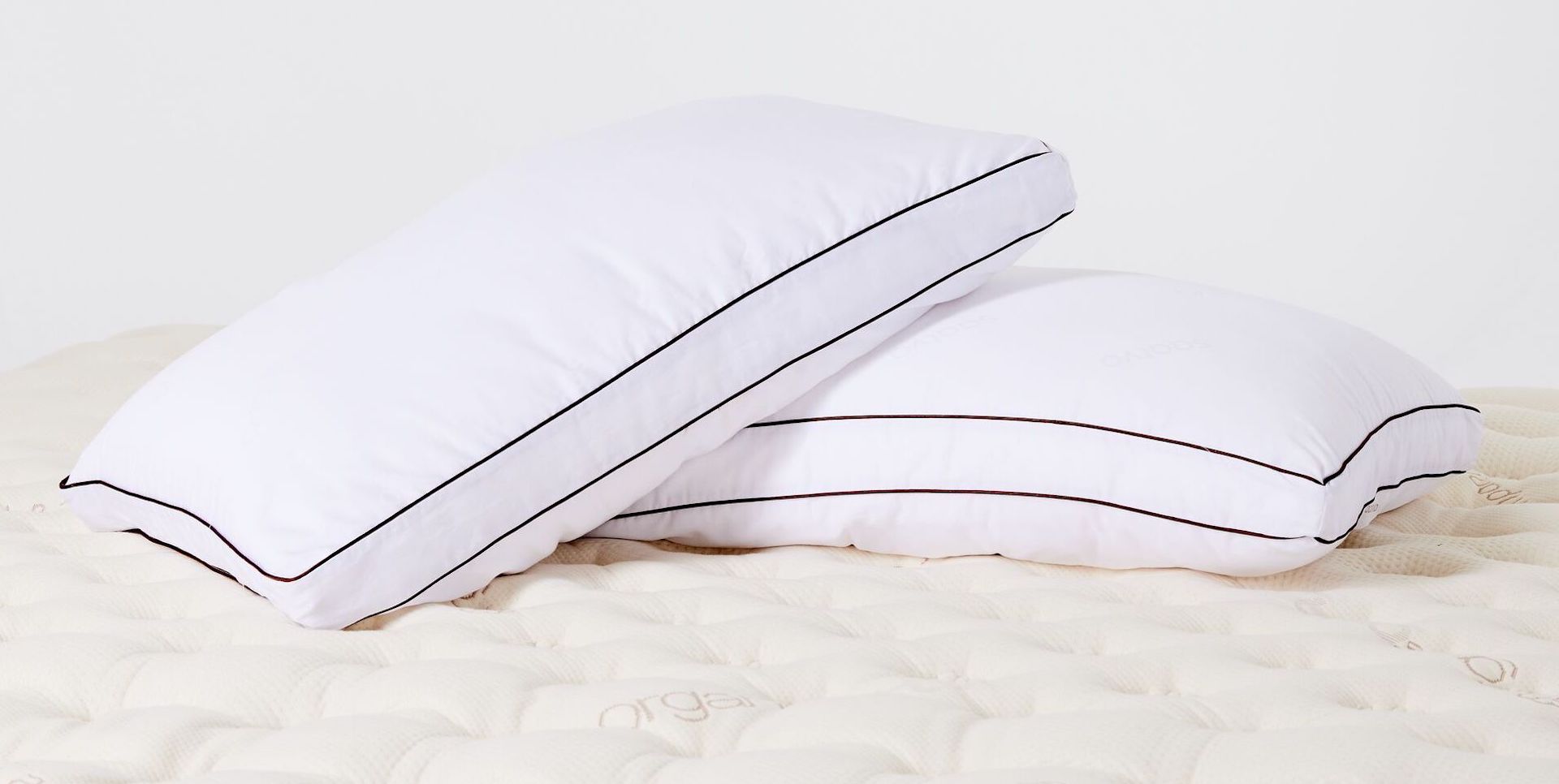
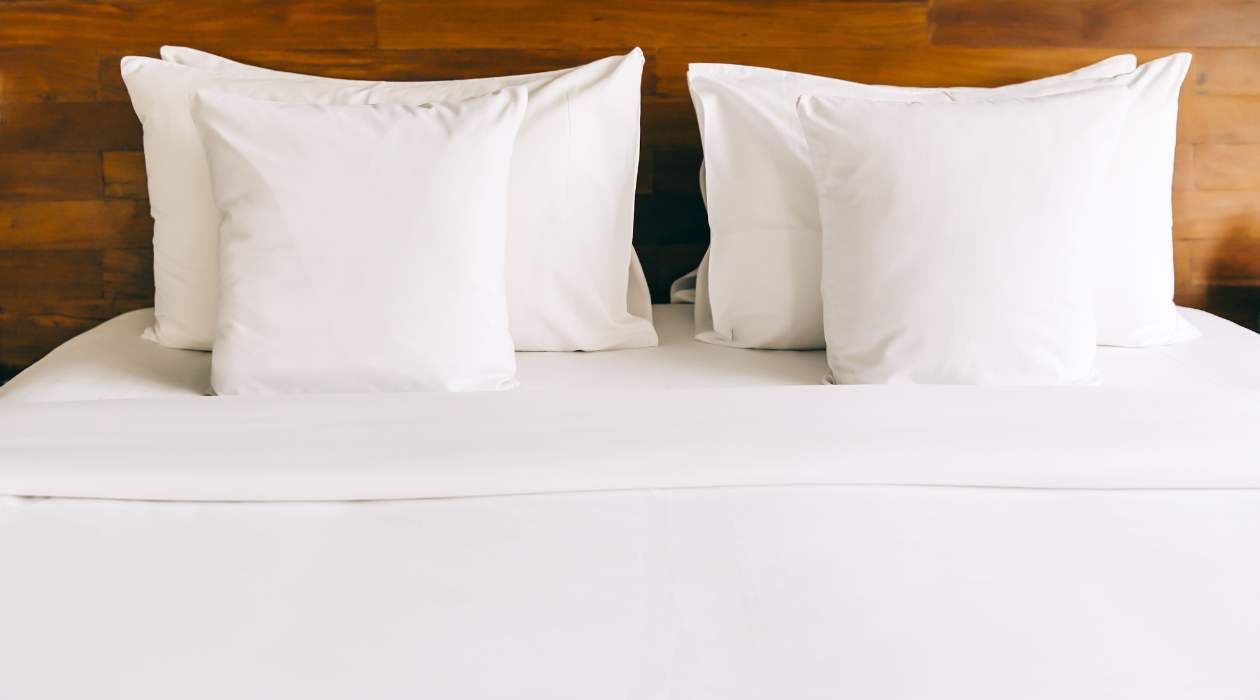
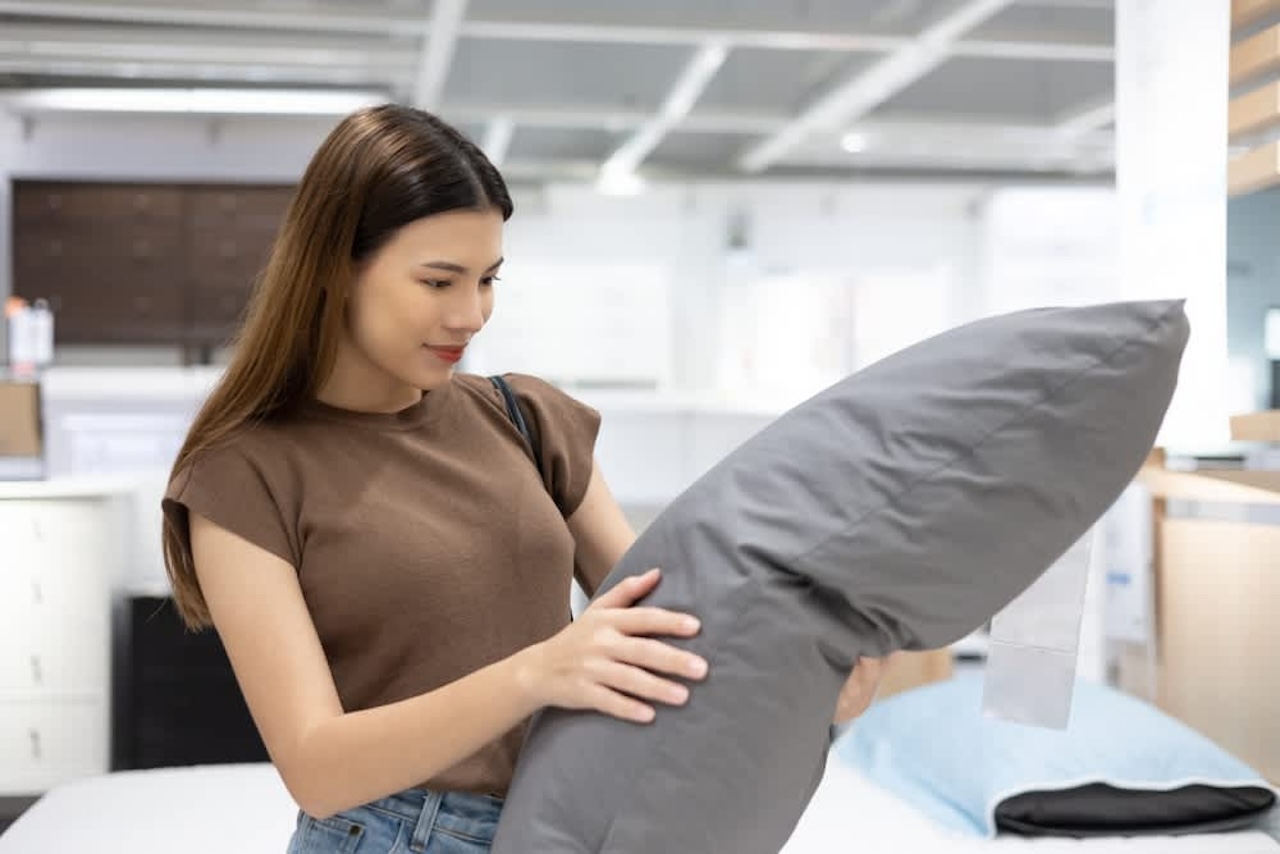
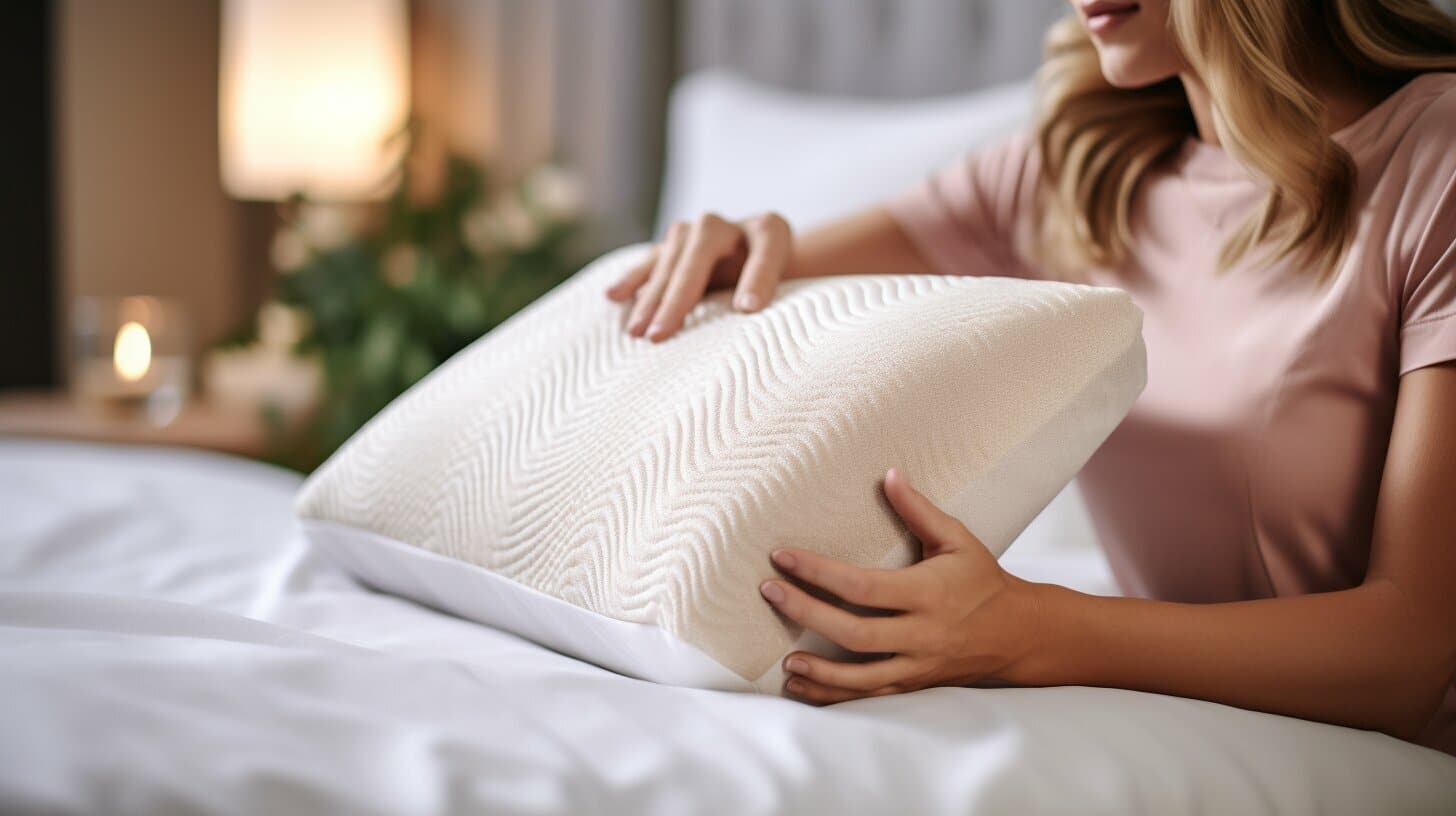

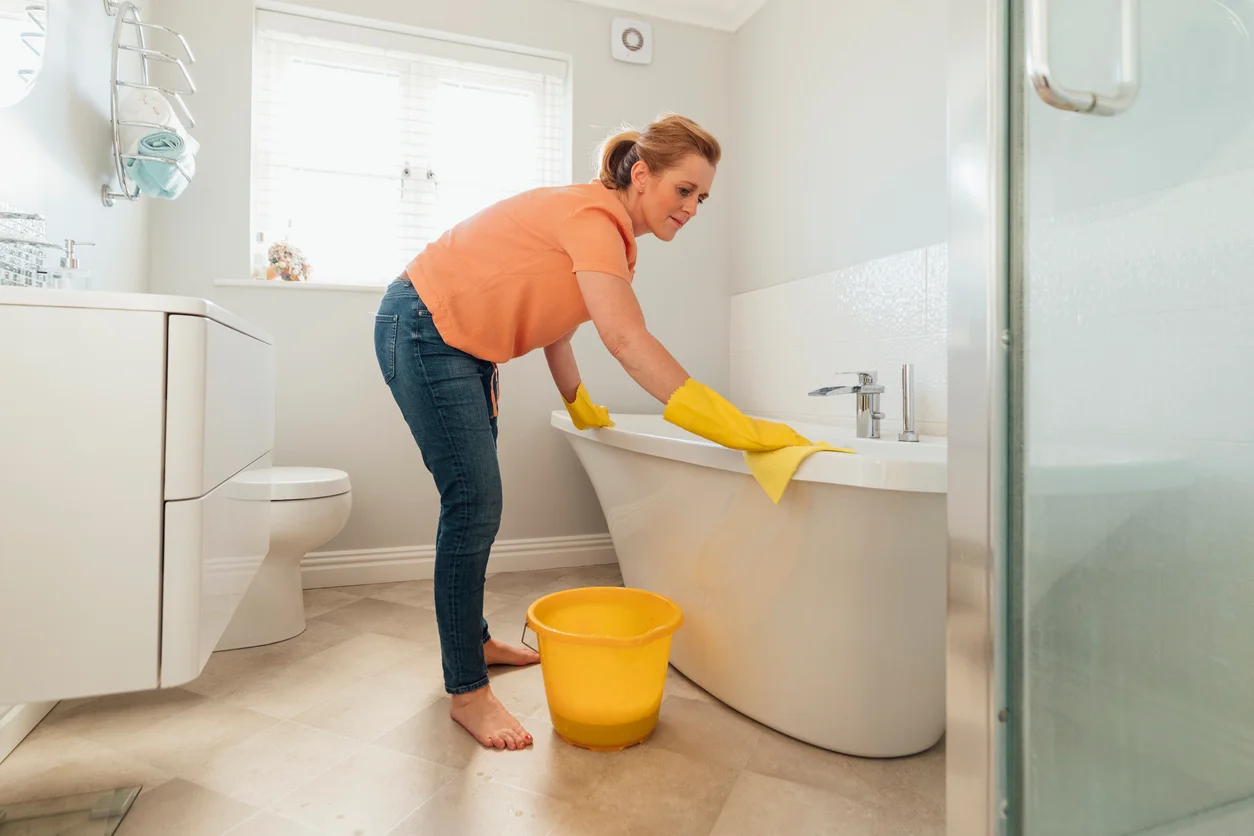

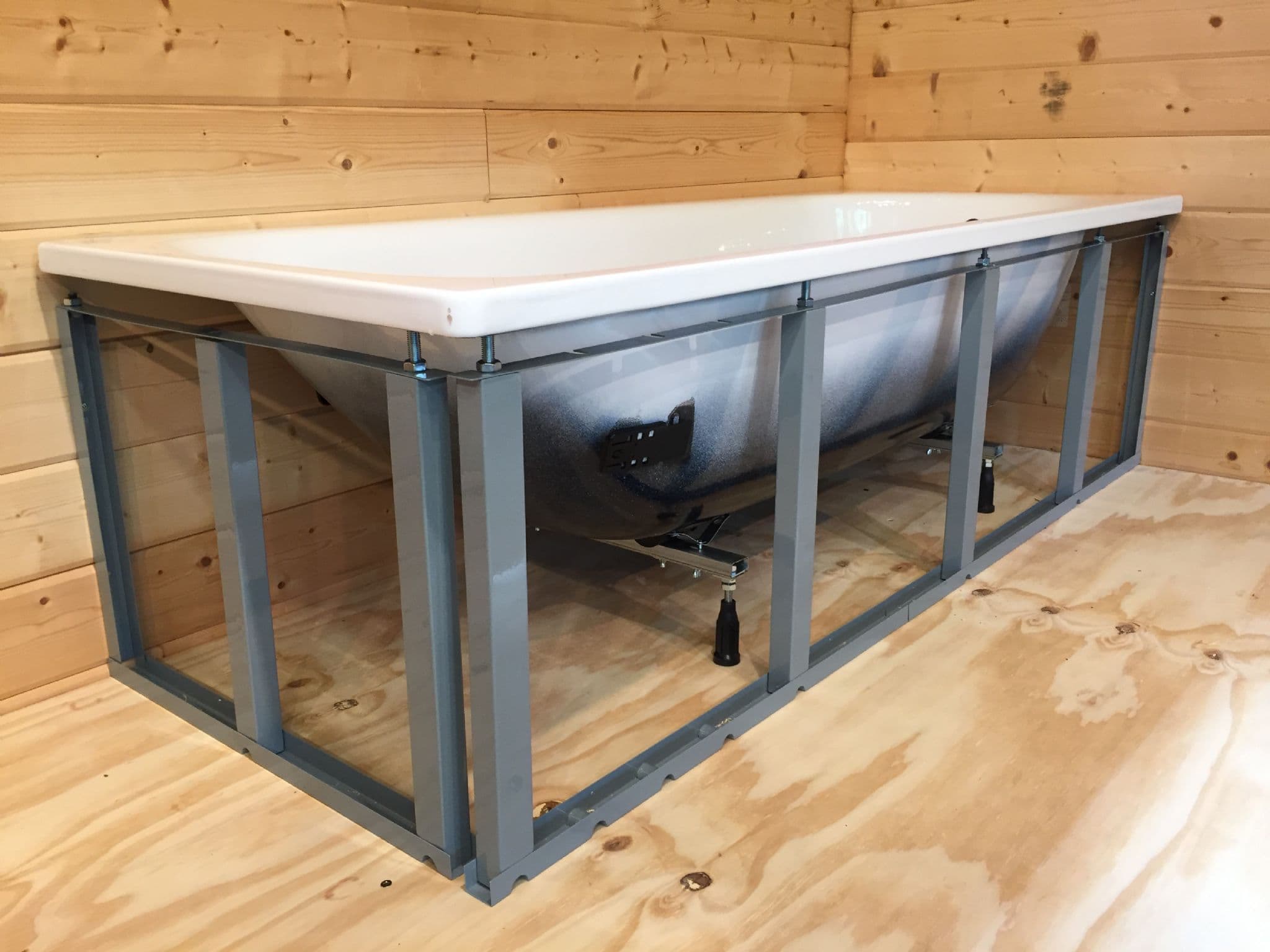
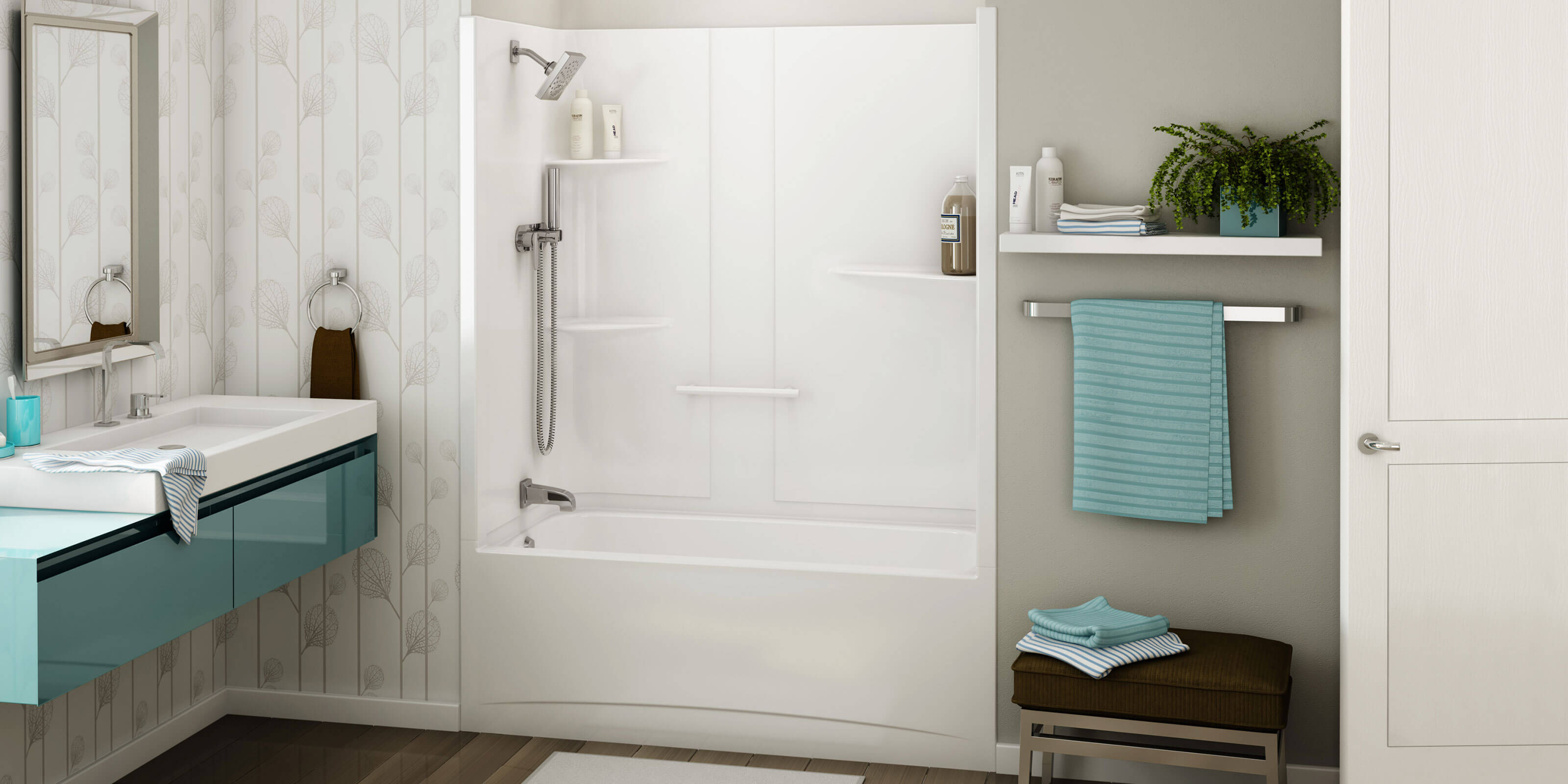

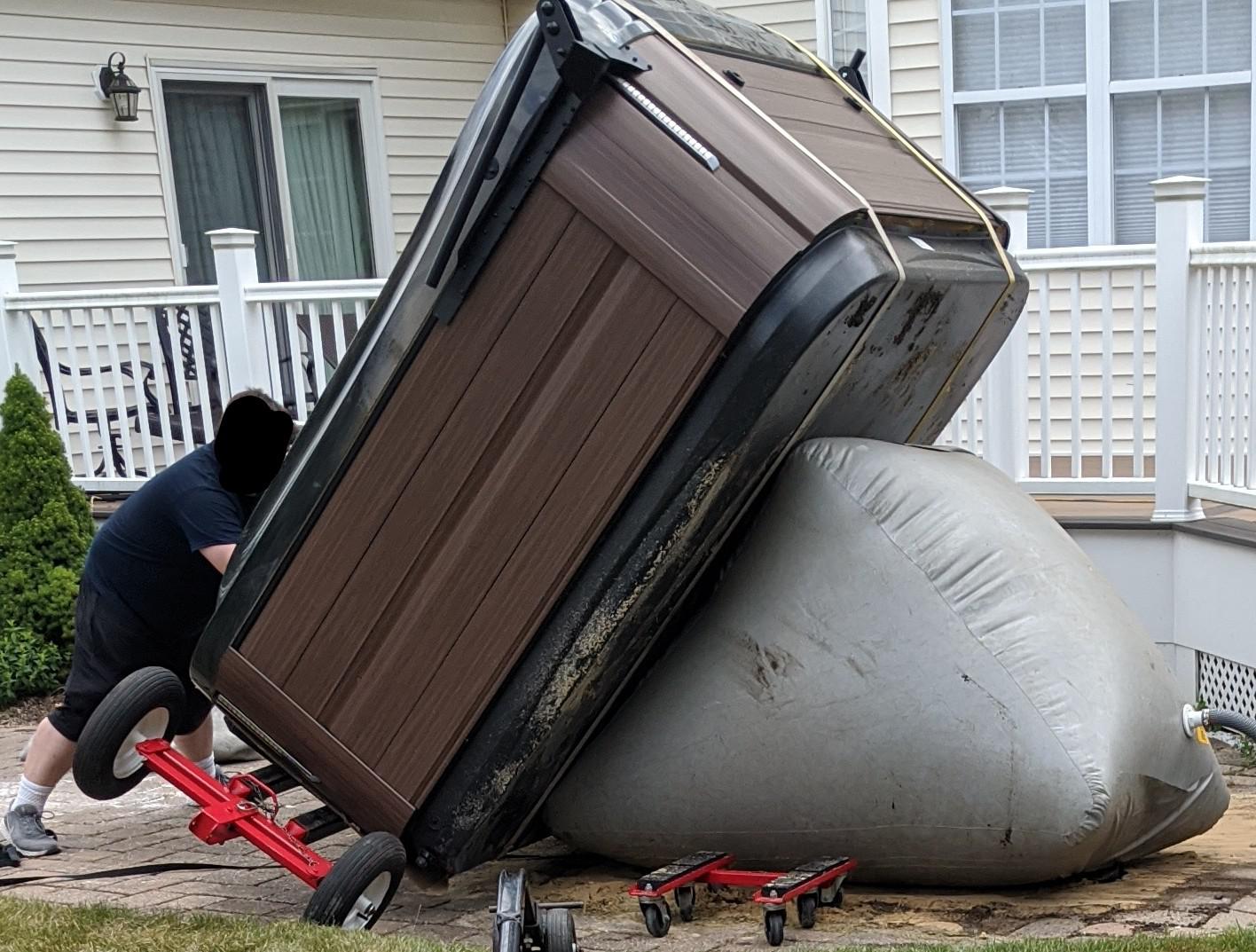

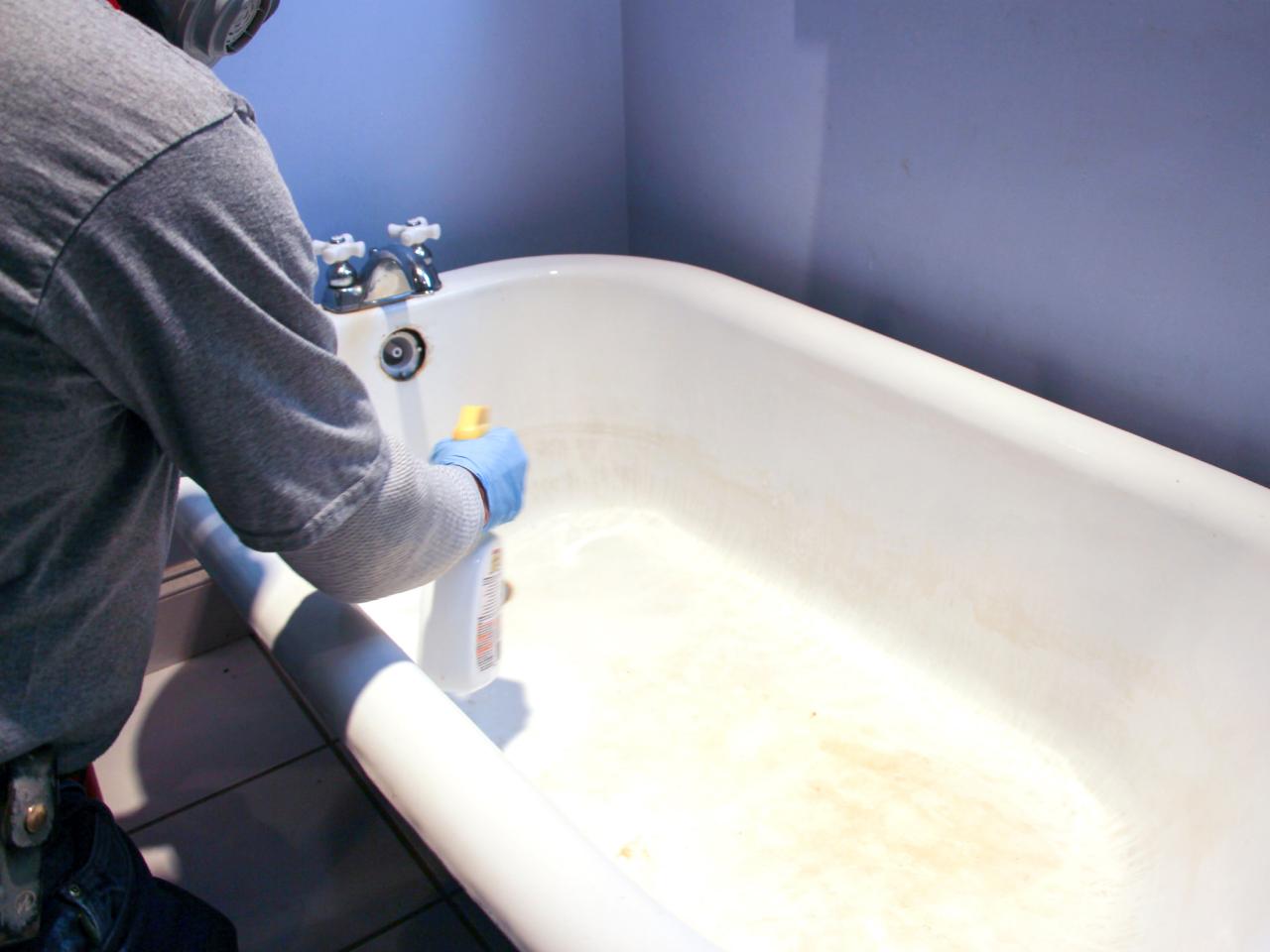

0 thoughts on “How To Wash Pillows In The Bathtub”